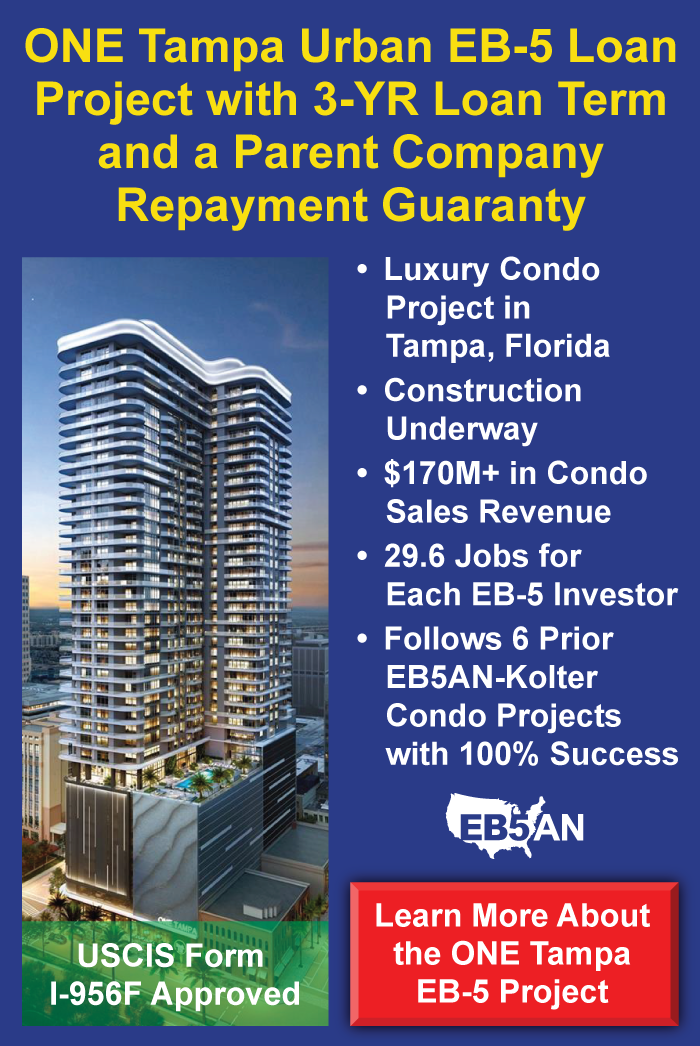
To say FY2020 was a volatile year is an understatement. 2020 will forever be known as the year the COVID-19 pandemic struck the world, a crisis that has also had devastating effects on the EB-5 Immigrant Investor Program and the thousands of investors in the throngs of EB-5 uncertainty. Those with EB-5 investments active throughout FY2020 faced more than just the pandemic, however. The switch to a visa availability processing approach for I-526 petitions and a narrowly averted large-scale furlough at United States Citizenship and Immigration Services (USCIS) also presented challenges to EB-5 investors in 2020.
To top off the woes of EB5 investment participants in FY2020, USCIS was fairly unproductive in I-526 processing, despite all the time freed up by the pandemic. What could have been an unprecedented opportunity to cut down the backlogs was squandered, lost to Immigrant Investor Program Office (IPO) inefficiency. This is what the release of FY2020 Q4 data on the three key EB-5 forms—I-526, I-829, and I-924—indicates, wrapping up the tumultuous year of FY2020.
Download USCIS EB-5 Visa Petition Statistics through FY2020
FY2020 covers the period from July to September 2020, as USCIS’s fiscal year ends three months before the respective calendar year. According to USCIS data, EB-5 form data for this period can be summarized as follows:
Form I-526
- Received: 53
- Approved: 904
- Denied: 236
- Pending: 15,063
Form I-829
- Received: 740
- Approved: 732
- Denied: 62
- Pending: 10,304
Form I-924
- Received: Unreported but estimated to be 129
- Approved: 45
- Denied: 45
- Pending: 163
I-526 Data


The figures for I-526 processing show a slight improvement in productivity compared to FY2020 Q3, with adjudication rates in FY2020 beating out the figures in the final three quarters of FY2019. The low productivity is generally attributed to Sarah Kendall’s reign of the IPO, which contrasts starkly against the performance achieved by her predecessor, Julia Harrison, in FY2018. Notably, USCIS has maintained denial figures at roughly the same level as throughout EB-5 history, with only approval rates dropping, meaning adjudicators exercised harsher decision-making under Kendall. Graphs make clear that the gap between approvals and denials has narrowed dramatically under Kendall, with USCIS issuing only slightly more I-526 approvals than rejections.
I-829 Data


Kendall’s focus on I-829 petitions, to the detriment of I-526 petitions, was no secret. I-829 adjudication remained high throughout FY2020 Q4, beaten only by figures seen in 2017. One important distinction between the FY2020 I-829 adjudication data and that from 2017, however, is that FY2020 saw far more denials, generally outpacing historical I-829 denial figures.
Receipts



In FY2020 Q4, I-829 petitions poured in steadily, which is to be expected considering that I-829 petitions must necessarily follow I-526 trends from a few years prior. Since I-829 petitions need to be filed within the final 90 days of an investor’s two-year conditional permanent residency period, current events have little effect on the number of receipts.
I-526 petitions are different, and the chaotic circumstances of FY2020 resulted in some of the lowest receipt numbers the EB-5 program has ever seen. With I-526 petitions arriving in the mere double digits, the low receipt figures are offset by the spike in FY2020 Q1, when more than 4,000 arrived at USCIS’s door. Covering the period of October to December 2019, this was pre-pandemic and was triggered not by the economic turmoil that was to come but the EB-5 Modernization Rule, which, when enacted in November 2019, doubled the minimum required amounts for EB-5 investments. Having been given a deadline, EB-5 investors rushed to submit their applications under the lower investment amounts.
Throughout the rest of FY2020, few investors were inspired to jump into an EB5 investment. Though investing during the COVID-19 pandemic also offers advantages, a number of factors likely contributed to the diminished appetite for EB-5 investment in 2020, including the pandemic and the associated shutdowns, the newly increased required investment amounts, and the notoriously long processing times of the EB-5 program. The good news is that the low receipt figures present an opportunity for USCIS to significantly reduce the backlogs—the question is just whether the immigration agency will jump on this chance.











